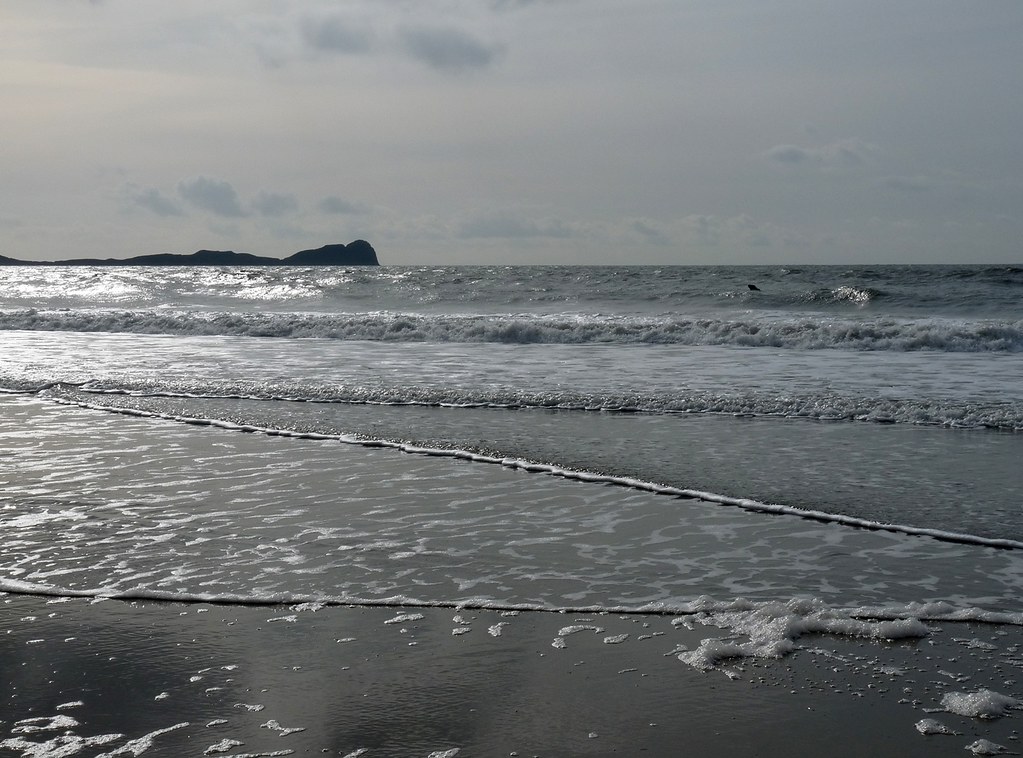Nationality: British
Location: Diles Lake, Rhossili Beach
Date of Wreck: 18/11/1840
Cargo: 7 passengers
15 bullocks
280 pigs
370 barrels of oats
113 barrels of barley
2 tierces of lard
120 flitches of bacon
Visible Remains: Engines at low water on spring tides
The City of Bristol was a 210 ton wooden paddle steamer launched from Hotwells, Bristol in May 1827. She spent her life on the routes from Bristol to Dublin, Cork and Waterford until one fateful evening over one hundred and fifty years ago. That final trip started early on 17th November 1840 when the City of Bristol set sail from Waterford with a full and varied cargo. Her destination was Bristol but after only a short time the weather worsened and commander John Stacey elected to shelter in Duncannon. It wasn't until late evening that she finally got back under way and by five the following afternoon was making good progress along the Pembrokeshire coast. The wind had again strengthened and visibility was poor so shelter was sought for a second time, this time behind Worm's Head. That would turn out to be a fatal decision as a little after six in the evening land was sighted and the vessel was quickly aground. The captain ordered the engines be switched to reverse but she was wedged fast and was soon broadside to the pounding waves.
In the high seas it was deemed too dangerous to evacuate and the decision was made to stay on deck in the hope that the vessel would stay together until rescue could be attempted. Despite being lashed to the railings two crew were washed overboard before the City of Bristol finally broke in three shortly after midnight. Twenty seven crew and passengers lost their lives in the ensuing hours with only two survivors making it ashore by a combination of incredible luck and the help of locals.
By the time the owners had been notified and arrived at Rhossili there was little left to salvage. The ships engines were just about visible at low water and fragments of hull were scattered along the beach. The largest sections of wreckage were sold at auction with the locals left to do with the rest as they pleased. Remarkably three bullocks and seventy five pigs were able to swim ashore and were herded to nearby George Holland's farm.
Today the ships engines are all that remains of the City of Bristol. They lie where they originally sank and are generally only visible at low water on spring tides. I have yet to see them well as it seems that a tranquil sea is also a necessity.
Today the ships engines are all that remains of the City of Bristol. They lie where they originally sank and are generally only visible at low water on spring tides. I have yet to see them well as it seems that a tranquil sea is also a necessity.
A fuller account can be found at Carl Smiths excellent Shipwreck Wales website here.
Location Information:


